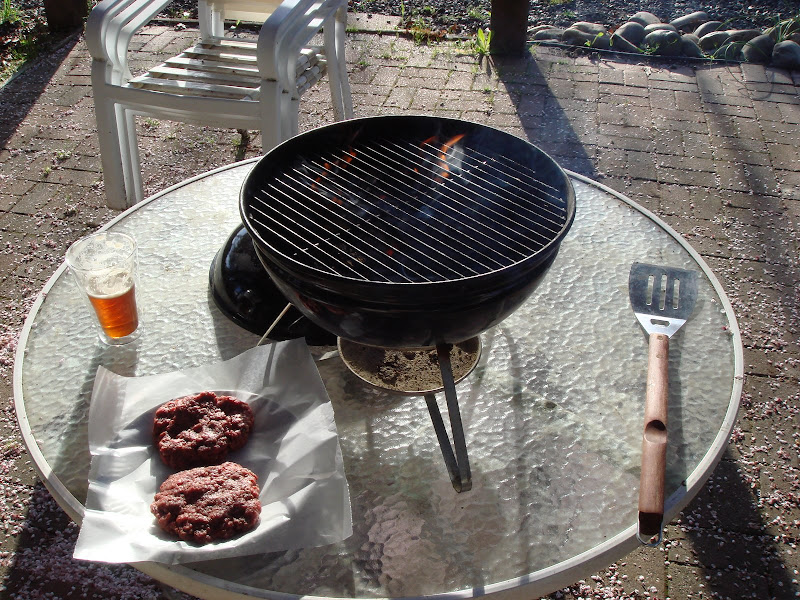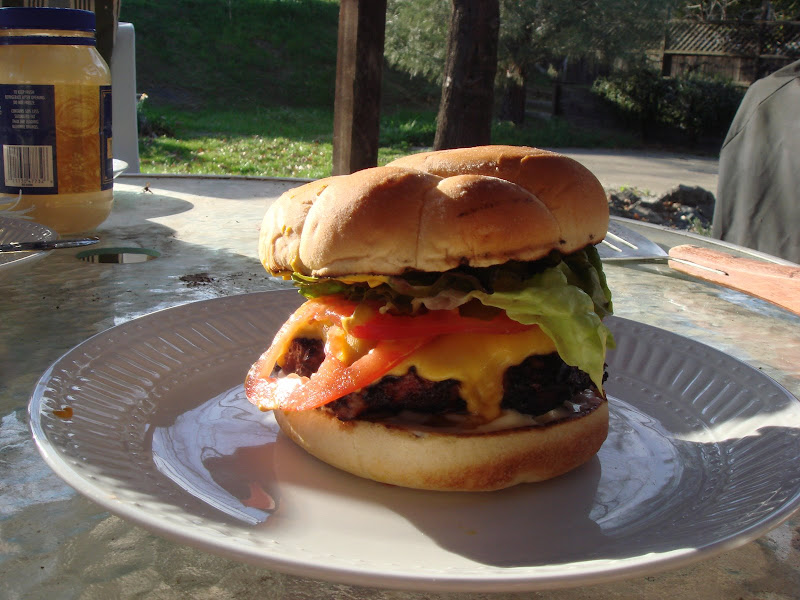mhochman
Well-Known Member
The kit I purchased included a plastic bucket fermenter and no secondary. As someone who is interested in all aspects of the brewing process, it's bothering me that the only part of fermentation I get to see is activity in the airlock (which ends pretty quickly). I've only made two batches so far (and have tasted none of them yet!)
I've been reading a lot about Better Bottles and I think I'd like to purchase one. I especially like the idea of the racking kit, and not having to deal with siphons, etc. I do have a few questions, though, that I know many of you can answer/opin.
-To accomplish my goal of "seeing" fermentation, obviously the better bottle would be my primary fermenter. Could I (if I ever needed to/wanted to) rack to the plastic bucket, which would then be used as a secondary? I know that I won't often use a secondary, following the advice of many on these boards, but there will likely come a time one I will want to for one reason or another.
-Why does it seem like most people use a bucket and then rack to a carboy/BB? I know that many people use a carboy or BB as a primary, but it seems like when someone has a plastic bucket and carboy to use, the plastic bucket is the primary. Even starter kits that I see that include secondaries label the carboy as the secondary.
-If I'm making 5 gallon batches, do I want the 5 gallon BB or the 6 gallon BB?
-It looks so easy to ferment totally within the BB and then bottle directly from it (using the racking accessories, which I know are optional). This may be a stupid question or thought, but if I start doing that right away, I feel like I'll lose (or more accurately, never develop) my siphoning skills. OK, so that's not really a question, but what do you think?
-What else do I need to know?
Thanks all.
I've been reading a lot about Better Bottles and I think I'd like to purchase one. I especially like the idea of the racking kit, and not having to deal with siphons, etc. I do have a few questions, though, that I know many of you can answer/opin.
-To accomplish my goal of "seeing" fermentation, obviously the better bottle would be my primary fermenter. Could I (if I ever needed to/wanted to) rack to the plastic bucket, which would then be used as a secondary? I know that I won't often use a secondary, following the advice of many on these boards, but there will likely come a time one I will want to for one reason or another.
-Why does it seem like most people use a bucket and then rack to a carboy/BB? I know that many people use a carboy or BB as a primary, but it seems like when someone has a plastic bucket and carboy to use, the plastic bucket is the primary. Even starter kits that I see that include secondaries label the carboy as the secondary.
-If I'm making 5 gallon batches, do I want the 5 gallon BB or the 6 gallon BB?
-It looks so easy to ferment totally within the BB and then bottle directly from it (using the racking accessories, which I know are optional). This may be a stupid question or thought, but if I start doing that right away, I feel like I'll lose (or more accurately, never develop) my siphoning skills. OK, so that's not really a question, but what do you think?
-What else do I need to know?
Thanks all.


















![Craft A Brew - Safale S-04 Dry Yeast - Fermentis - English Ale Dry Yeast - For English and American Ales and Hard Apple Ciders - Ingredients for Home Brewing - Beer Making Supplies - [1 Pack]](https://m.media-amazon.com/images/I/41fVGNh6JfL._SL500_.jpg)










































